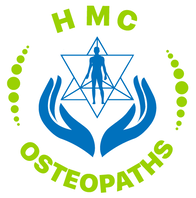|
By Angus Nicol Weeks 1-3 - Cellular function & Connection with universe Even before the moment of conception, our physical form has to fight to survive. The journey for a sperm to meet it’s soul partner ovum/egg is dangerous. Throughout pregnancy, there are so many different challenges that a developing embryo/foetus has to face. To survive these challenges, we rely on cooperation with other living things (mother, bacteria, mitochondria) to help us survive. Our bodies, like the Earth, consist of ~70% water. Water is the main component in every cell in our body, and outside of our cells too, and this is why it is ESSENTIAL for all life. Water is composed of H2O (two parts hydrogen, one part oxygen). . Hydrogen can sometimes be known as the “god molecule”. During the Big Bang, it was the high power collision between two hydrogen atoms in process of “nuclear fusion” that released tremendous amounts of energy. This caused a cascade of collisions between atoms that got increasingly larger, and resulted in the formation of all of the natural elements that make up our Earth (and our solar system) today… including all of the elements which are CRITICAL for life (especially hydrogen, oxygen, carbon, nitrogen, calcium, phosphorus… alongside all the others). It’s the combination and connection between these elements in infinite combinations of intricate lattice frameworks that make up EVERY physical thing (the things we can see, and the things we can’t…everything that isn’t ENERGY). This first “Big Bang” that happened at the beginning of time, and that occurs with the birth of every star in the solar system, is similar to the process that occurs just immediately following fertilisation, right at the beginning of our physical life. After it’s treacherous journey, when the sperm meets it’s destined egg and our physical fate becomes reality, a process of rapid expansion called “cleveage” occurs through a process of cell division/multiplication known as mitosis. This process happens at a rapid rate during the first 12-24h after fertilisation, and slows but continues for the first three weeks of pregnancy. 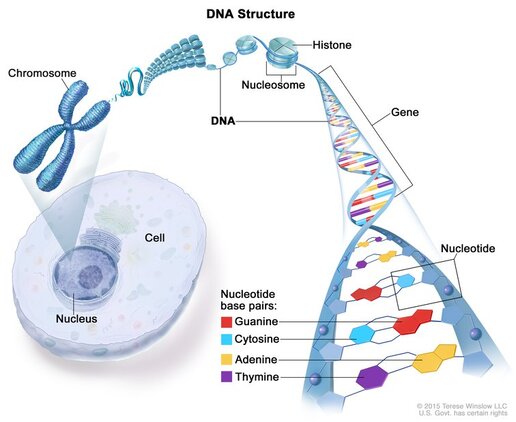 DNA holds the “blueprints”/genetic code for every protein in our body. Long, continuous chains of DNA can be separated into units known as “genes”, and sequences of genes flow along structures known as chromosomes. We inherit 23 chromosomes from the egg from Mum, and 23 from Dad’s sperm cell. During fertilisation/fusion, this genetic information is fused in a complicated process, giving each little human 46 sets of chromosomes spread out along 21,000 genes (~3 billion base pairs of DNA). Within this genetic code lies the information for our “innate/true self” - it dictates how we look, what our personality is predisposed to be (before the influence of “human experience”), what illnesses we may be predisposed to etc. Similar to the natural course of the universe being decided during the first “Big Bang”. DNA is held within the nucleus of a cell. As a foetus develops and cells begin to rapidly multiply by process of “mitosis” they also become more specialised, and serve specific functions in our body. This process happens quickly from Day 4 - Week 3 of embryonic development, through a process known as “blastulation”. This cell specialisation eventually gives rise to the development of all the different body systems, organs, structures, muscles, bones, nerves etc in our body. One type of specialised cell organelle that lives within each and every cell in our body is mitochondria. Mitochondria are the “powerhouses”/batteries of our cells, and create energy by converting sugar into chemical energy in process of “cellular respiration”. Respiration at a macro level is the process inhalation and exhalation… also known as breath. In many cultures, the etymology of the word “breath” is synchronous with “spirit”. For example… In Hebrew, spirit & breath are known as “ruach”, “hu-akh” in Egyptian and “pneuma” in Greek. In Sanskrit/yogic philosophy, breathing techniques are referred to as pranayama. This is derived from two parts - “prana” meaning “vital life force”, and “yama” meaning “to gain control”. Similarly, in traditional Chinese medicine, “breath” is synonymous with “chi” which also describes vital energy. The breath, through respiration, drives our life force because it enables us to harvest oxygen from our external environment. This oxygen is then infused through specialised cells in the lungs and enters systemic circulation through our arteries, much like the roots of trees, and is transported in the bloodstream all over the body to where it is most required. Here, it enters the microscopic environment of the cell. Some of the oxygen is used in a very special cell organelle known as mitochondria to undergo “glycolysis”, the process of breaking down glucose (sugar) into usable energy, in a process known as cellular respiration (respirationwithin individual cells). Mitochondria are special because they are non-human - they have a similar size and structure to bacteria, with their own unique genetic blueprint/DNA code. However, we rely on this non-human entity for the creation of energy to power EVERY function in our body - every movement, every thought, every physiological process, that occurs within our physical being, relies on something outside of ourself. This includes all of the physical and physiological changes that occur during embryological/foetal development (pregnancy). Mitochondria has a plant sibling whose function is equal and opposite - chloroplasts, specialised non-plant organelles with their own DNA, harvest light energy directly from our sun, our star, and convert it to chemical energy in the form of complex sugars/carbohydrates via the process of photosynthesis. Plants are then consumed by animals and that chemical energy this converted back into energy by mitochondria. Ourouboros - circle of life. This emphasises the inherent connection between ALL life on Earth and our sun. There are so many different examples of codependency within our body, another important one being within our gut. The bacteria that live in our gut and aid in their digestion and absorption of nutrients that we rely on to continue living. 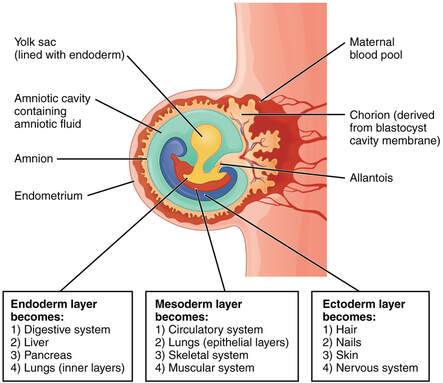 During weeks 3-8, developing embryo continues process of gastrulation and development of germ layers - the ectoderm, mesoderm and endoderm. Endoderm (“within”) forms lining of GIT, stomach, colon, liver, pancreas, bladder, lung. Many structures that Eastern medicines such as TCM and Ayurvedic approaches focus upon. The mesoderm (“middle”) forms muscle, bone, connective tissue, notochord, kidneys, gonads, circulatory system. The ectoderm (“outer”) forms Skin, hair, nails, brain, spinal cord, peripheral nervous system…interesting that even from an embryological perspective our brain and nervous system, who makes up who we are, in perceived as being “outer”, outside of us, connection to outside world. These germ layers then fold in on themselves to form tubes, with our guts on the inside and our skin on the outside. 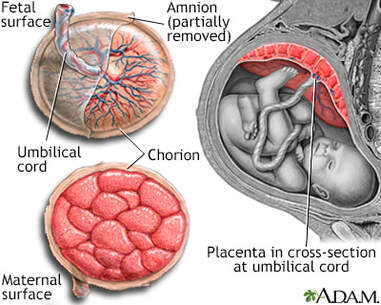 These processes all occur whilst we are suspended, floating within the protection of the placenta, in a pool of amniotic fluid. The placenta itself is composed of tissues that originate from both the growing embryo, and from the inner lining on Mum’s womb, the endometrium. Here, the umbilical cord, connects from the placenta to bub’s belly button (umbilicus), and sheaths the umbilical artery and umbilical vein. The umbilical vein supplies the growing foetus with nutrients and oxygen vital for it’s growth, whilst the umbilical artery removes waste products for excretion.
0 Comments
Leave a Reply. |
HMC TEAMIf you find something of interest that might suit this space, or would like information on a specific topic, let us know at [email protected]
Archives
December 2023
Categories |
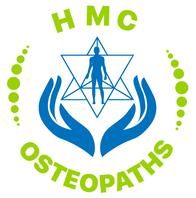
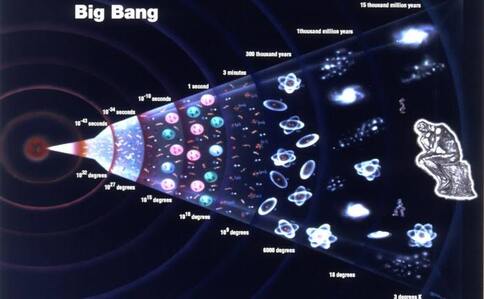
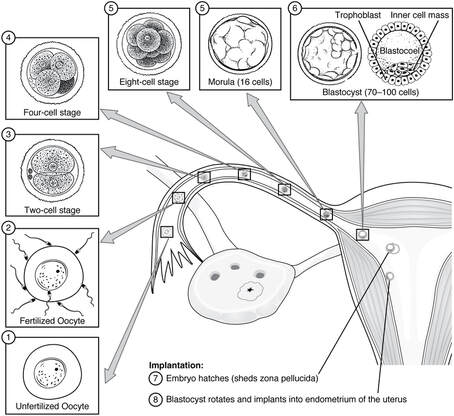
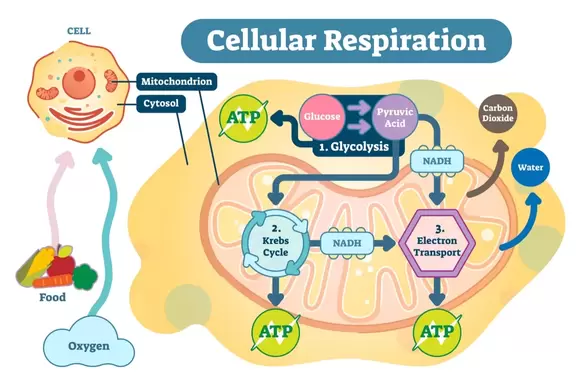
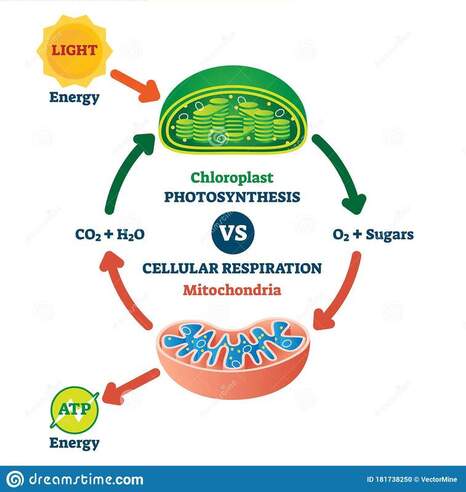
 RSS Feed
RSS Feed
